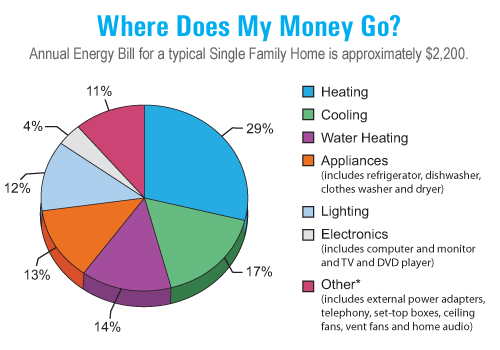Wall Street Journal article Hot Air in Bali, (subscription required) December 8, 2007 really flamed the whole issue of carbon abatement and that nations have not reduced their carbon dioxide production at all.
The Kyoto Protocol, signed in 1997 and made enforceable in 2005 requires 36 developed nations to reduce their carbon emissions and requires 137 developing nations to monitor their carbon outputs but doesn't require any specific changes in emissions for them.
The treaty provides for the development of markets in greenhouse gas emission reductions. Developed countries can purchase GHG (Green House Gas) reduction credits from financial markets, from projects which reduce emissions in developing countries, or from countries in developed countries that have an excess of carbon reduction. Each of the developing countries (known as 'Annex I countries') has assigned an agency to handle the purchase and sale of credits.
The US signed but never ratified the treaty and are the notable exception to the program.
President Bush argued that since the world's largest emitter of carbon – China – is not bound to make reductions, then the world's second largest emitter of carbon – USA – should not ratify the treaty. Neither Clinton nor Bush sent the treaty to the senate for ratification.










